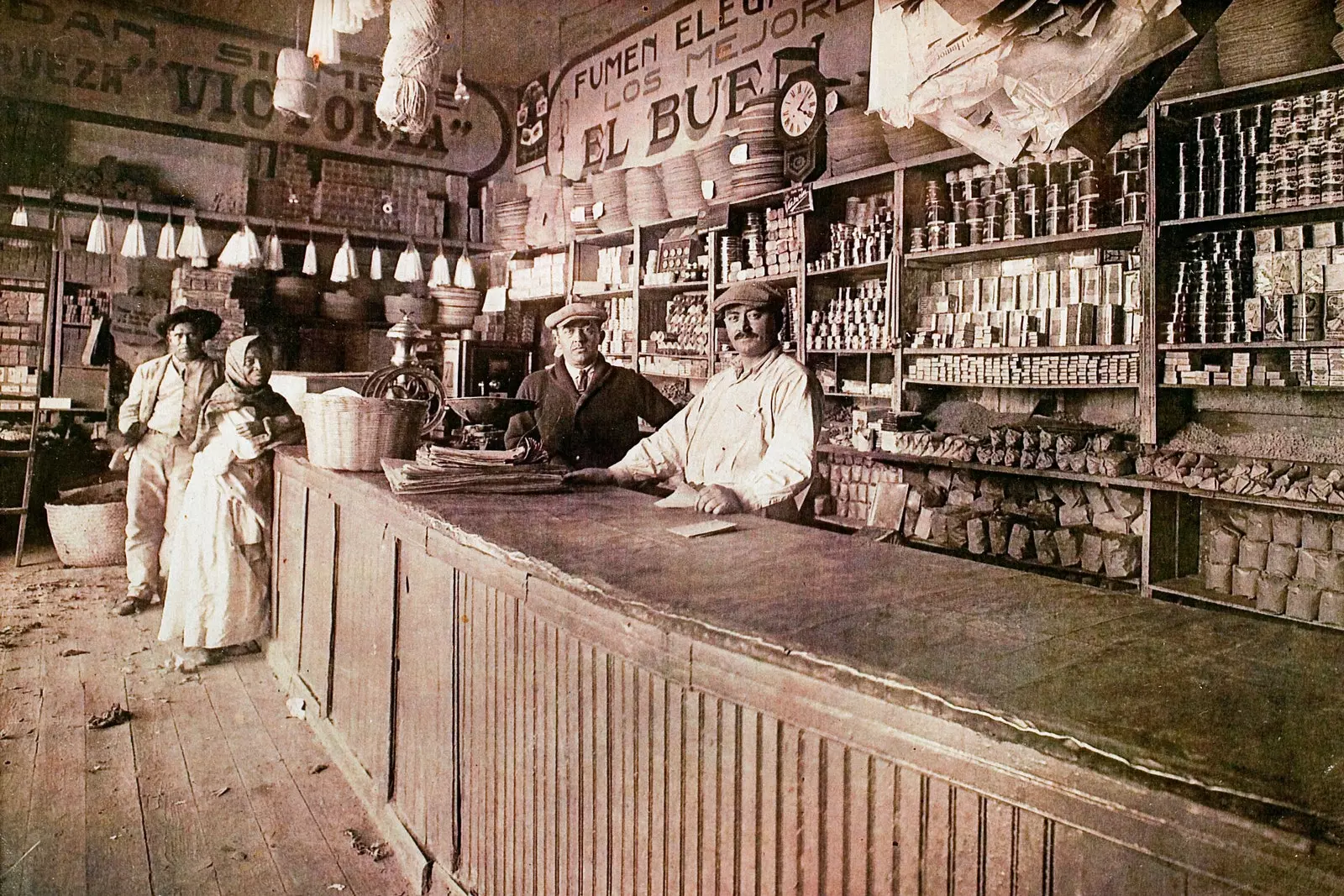
Old photo of a grocery store in Mexico.
Bad times have always happened. Economic distress is as common as the people who, even in the worst storms, pull out cloak and sword to get ahead, Even if it means packing your bags.
The central decades of the 19th century were not a bed of roses for Spain: industrialization progressed at a forced pace, the railway barely managed to save the mountains of our country, and free trade was still a utopia in a society still anchored to traditional dependency ties.
Social ascent was subject to the fortune of surnames, and many Spaniards considered that life was too short not to try to improve it. The question was always the same: where to try?
Emigration was prohibited in Spain until 1853, when the 'Progressive Biennium' canceled the prohibitionist law that so many clandestine emigrants had caused. Many then saw the opportunity they were looking for: on the other side of the Atlantic, the American colonies offered the chance to start over.
Most of them returned years later without having amassed the fortunes they dreamed of in Spain, but some among the hundreds of thousands who left for America managed to touch the colonial dream with their fingers of the 19th century: they were called “Indians”, and this is their history.
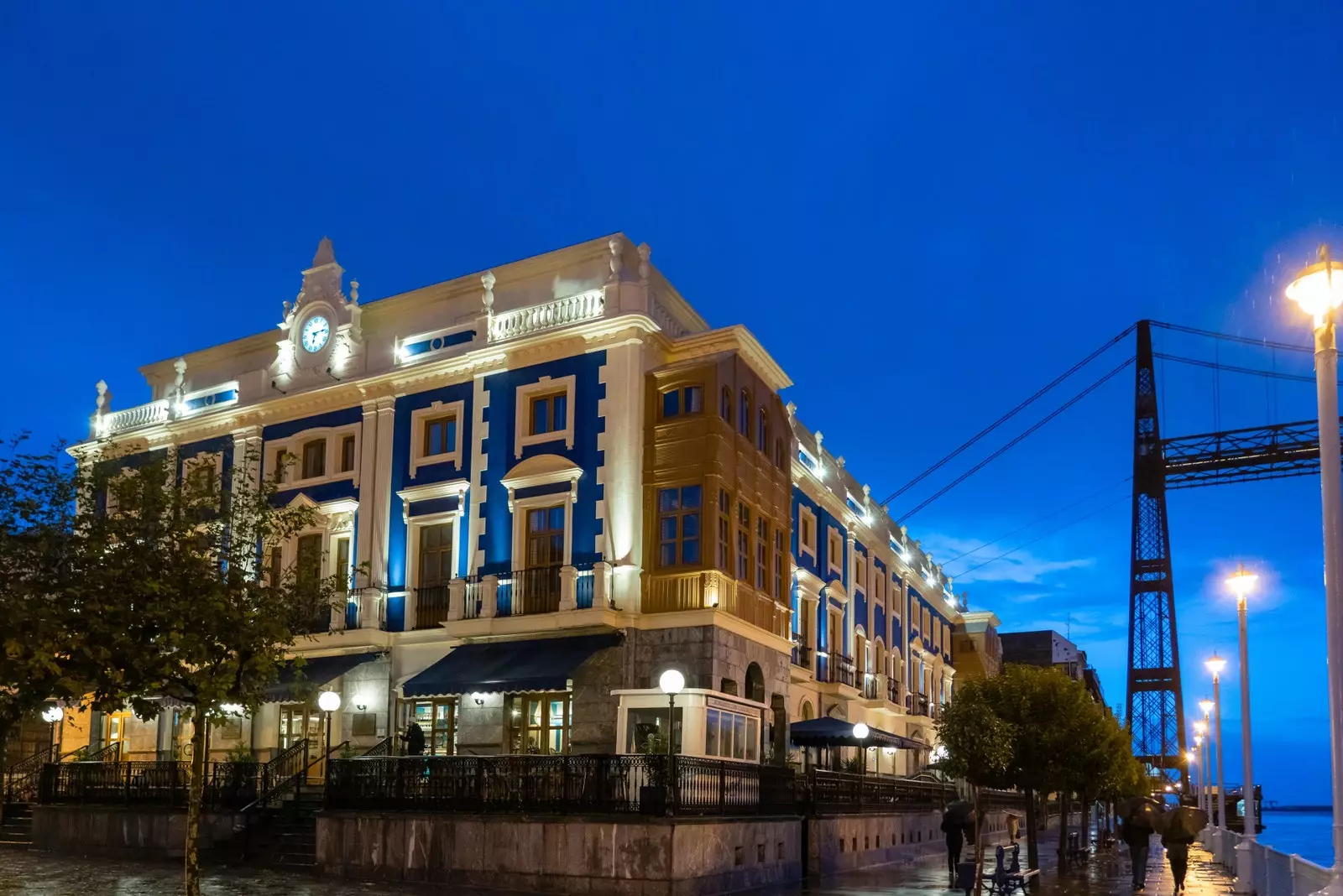
Puente Pendant Boutique Hotel occupies an old Indiano house located in Portugalete (Vizcaya).
WHO WERE THE INDIANS?
The first condition to be a transatlantic emigrant is to live at a manageable distance from the sea. This circumscribes the regions to the north –Galicia, Asturias, Cantabria (then La Montaña) and the Basque Country–, the Canary Islands, as well as a smaller but important emigration from Catalonia, Levante and Andalusia.
in these regions there were mercantile bourgeoisies whose members were the first to settle in cities such as Havana or Cartagena de Indias, but did not represent the majority of the emigrants who left Spain.
The profile of the common Indian would respond to the following archetype: male, between twenty and forty years old, humble, single and literate. This last characteristic will be decisive when it comes to moving up in the colonies, where 'qualified' labor (in terms of the 19th century) was not abundant.
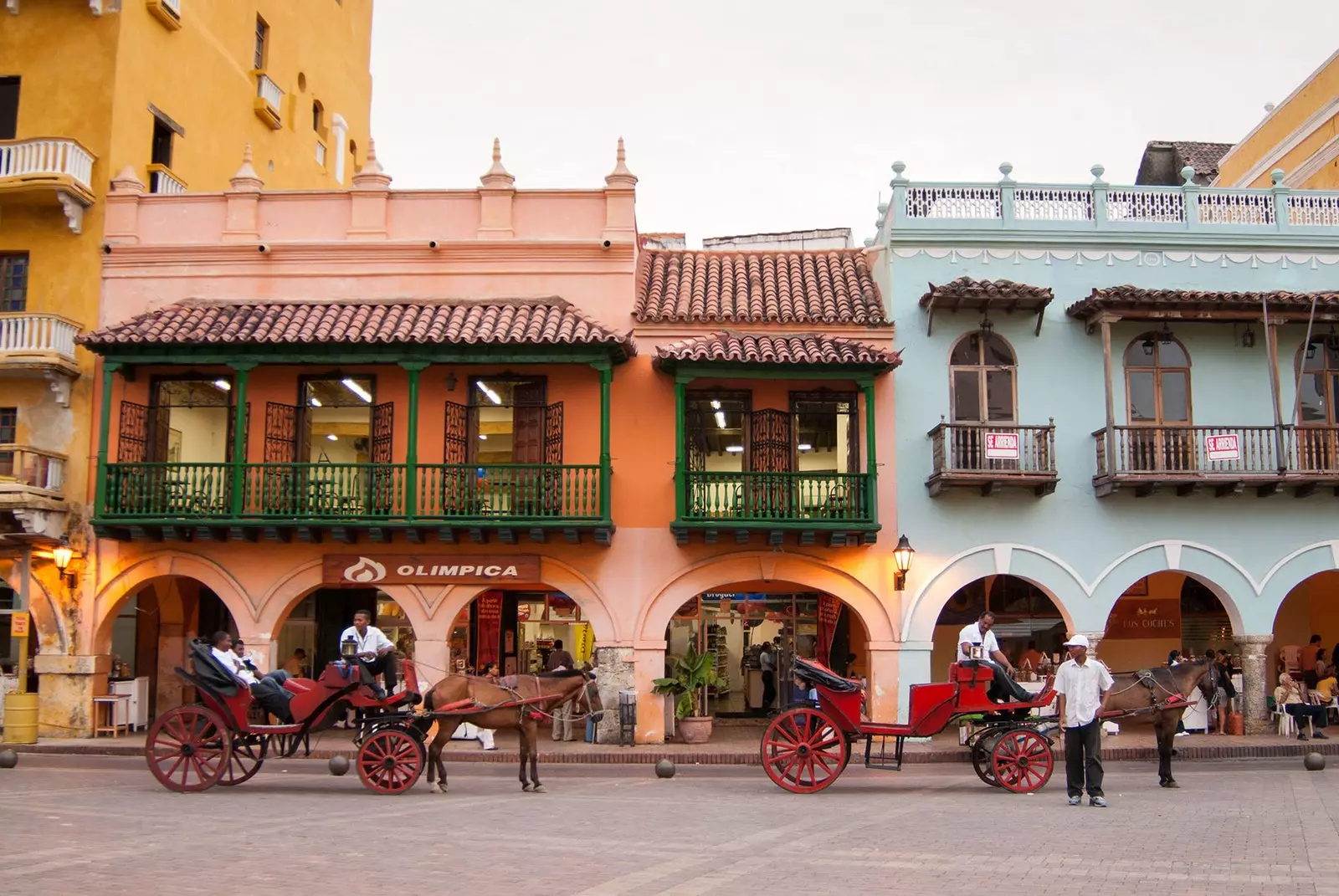
Historic center of Cartagena de Indias, Colombia.
The most literate provinces in Spain in 1853 were those lying next to the Cantabrian Sea: Asturias, Cantabria and the Basque Country, with 35% of their population illiterate in 1860, were far ahead of the 88% who did not know how to read and write south of the Duero, except for the capital, Madrid.
These provinces of humid Spain received in turn an important inland population of Castilians, Manchegos, Leonese, Andalusians and Aragonese who they went in search of opportunities to the ports and mines of Asturias, Santander and Vizcaya , restricting employment opportunities to locals.
already Castelao said: “the Galician, before asking, emigrates”. Most Asturians, mountaineers and Basques had some distant relative or acquaintance who, during the years of prohibition, had emigrated to America and could hook them into the business. Thanks to the good connections of the Hispanic ports with their colonies, **Spain saw 400,000 people depart between 1860 and 1881. **
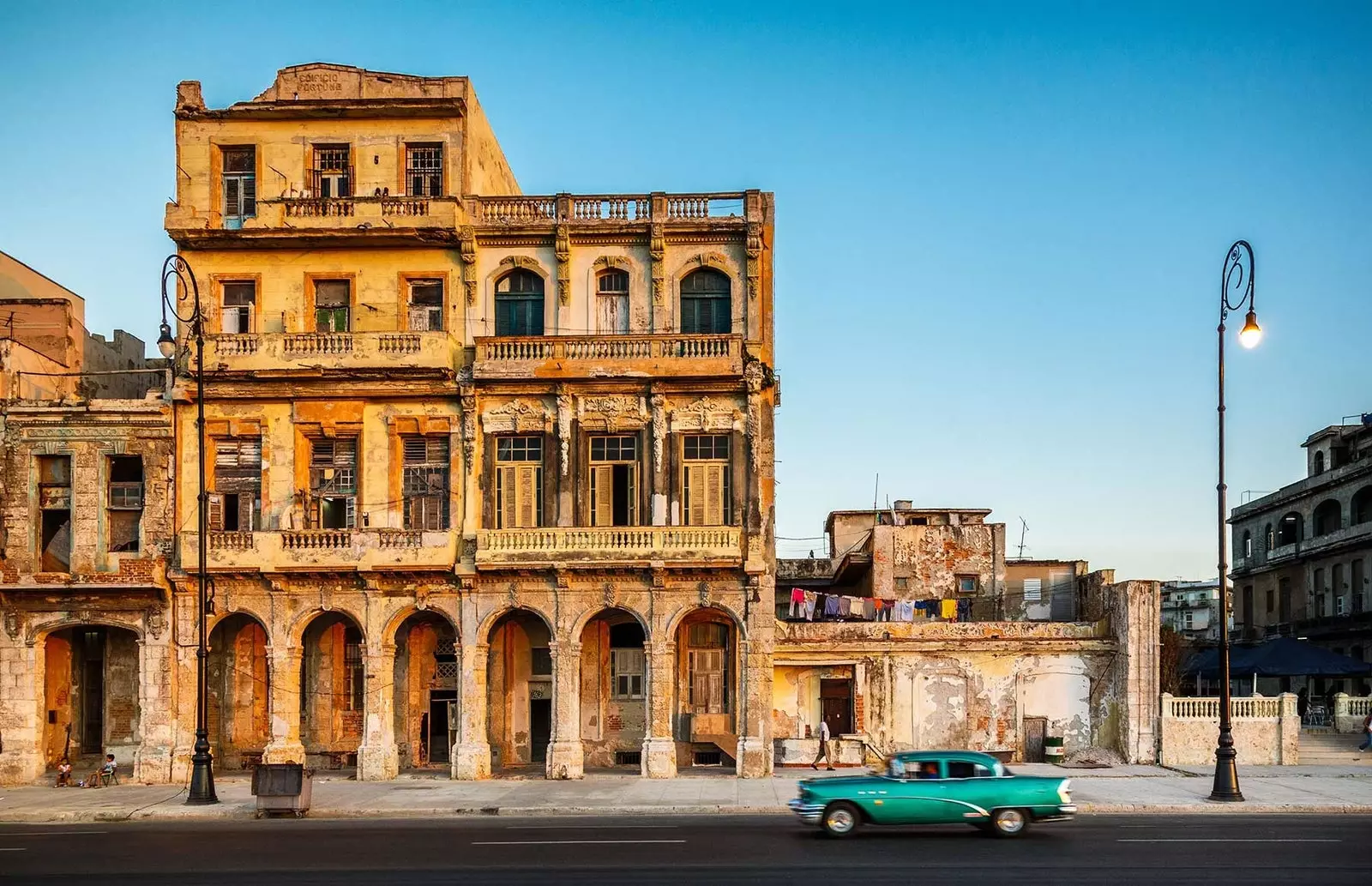
Old buildings in the historic center of Havana, Cuba.
A NEW LIFE IN AMERICA
The fate of the Spaniards in America was, for the most part, the colonies of Cuba and Puerto Rico. In the Canary Islands, the 'family law', also called the 'blood tax', imposed on the islands the sending of five island families to the colonies for every hundred tons of American merchandise that touched the ports of Tenerife and Las Palmas.
This tax ended in 1778, but left an important connection between the islands and colonies like Venezuela, where Canarians continued to emigrate with the repeal of the anti-emigration laws in 1853.
In the New World, however, they did not find 'El Dorado' that many imagined. The abolition of slavery overseas was a matter of vital importance to Spain, and in the decades from 1860 to 1880, international pressure (paradoxically, from the United States and the United Kingdom) forced many landowners and colonial estate owners to seek alternative workforce for Cuban and Puerto Rican plantations.
They were mostly the Canarian emigrants who dedicated themselves to the cultivation and harvesting of tobacco and sugar cane while in Madrid, the 'Glorious Revolution' of 1868 expelled a monarchy accused of supporting the Spanish slavers.
Many indianos, such as Antonio López, Marqués de Comillas, bitterly opposed the progressive 'Ley Moret' of 1870, which granted freedom to those born children of slaves in the colonies of Cuba and Puerto Rico: Slavery was, unfortunately, a very prosperous business in Spain in the 19th century.
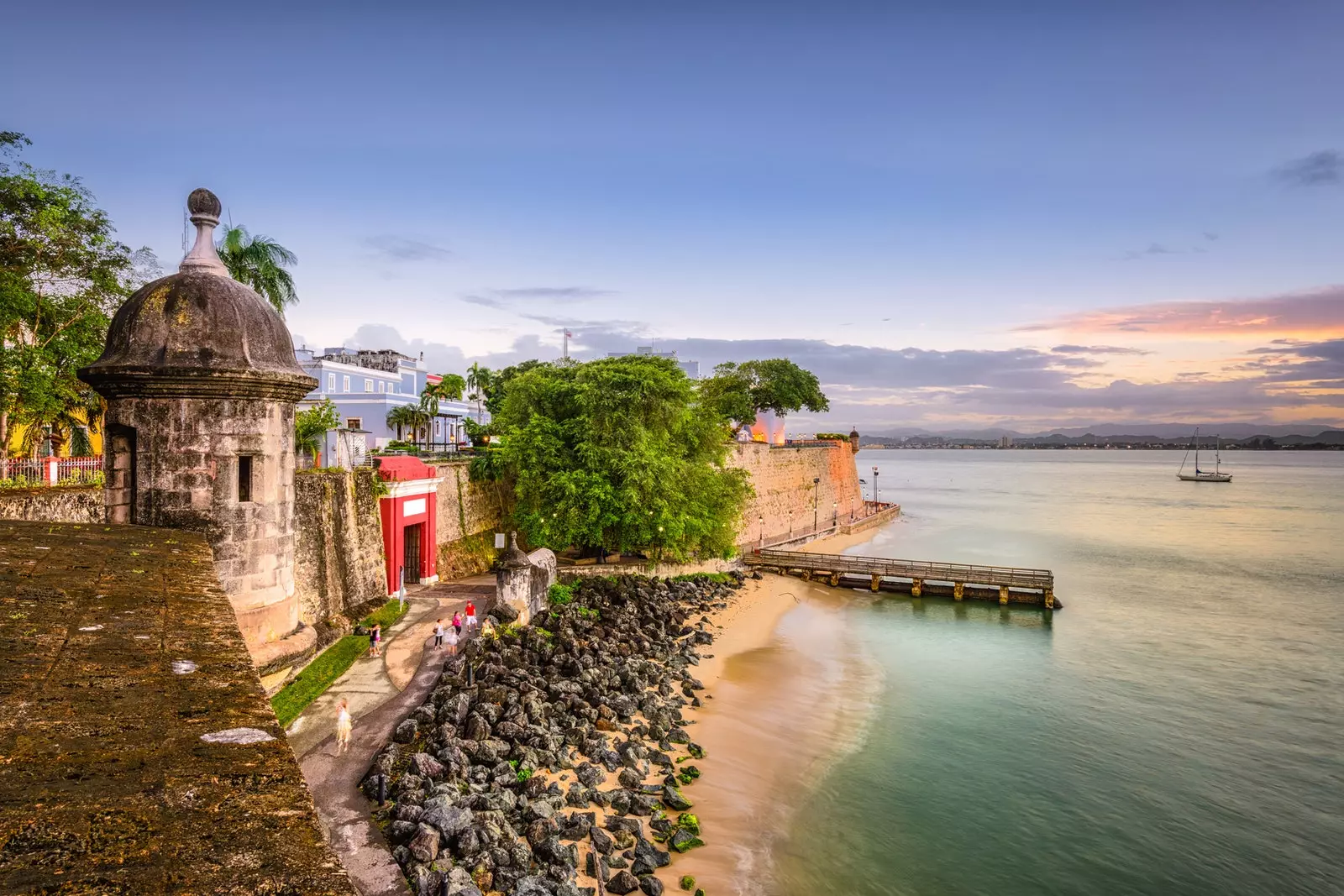
Not everyone found 'El Dorado' in the American hills, like Puerto Rico.
The other side of the coin was drawn by those emigrants from the most literate provinces of humid Spain. The northern Indians present in Cuba and Puerto Rico occupied work in commerce, construction, crafts and services due to their minimal education, and they were the ones managed to insert themselves into the Cuban colonial elite, while Galicians and Canarians occupied the middle and lower strata of the population.
There were always exceptions, like the García Naveira de Betanzos brothers, emigrated to Argentina at the end of 1870, rich thanks to commercial activity, but statistics reveal that the Indians who returned to Spain with great fortunes under their arms came mostly from eastern Asturias, the Mountains, Vizcaya and Guipúzcoa.
Many of the banks, large corporations and food giants of our day to day began their journey in the Americas, and Just mention the Bacardí surname, or look up the history of Havana Club rum to be aware of the survival of Indian companies. Most, however, longed for their homeland, and as soon as they made their fortune, they returned to their hometowns, where they would leave a legacy that is still very visible in the north: the mansions of Indianos. **
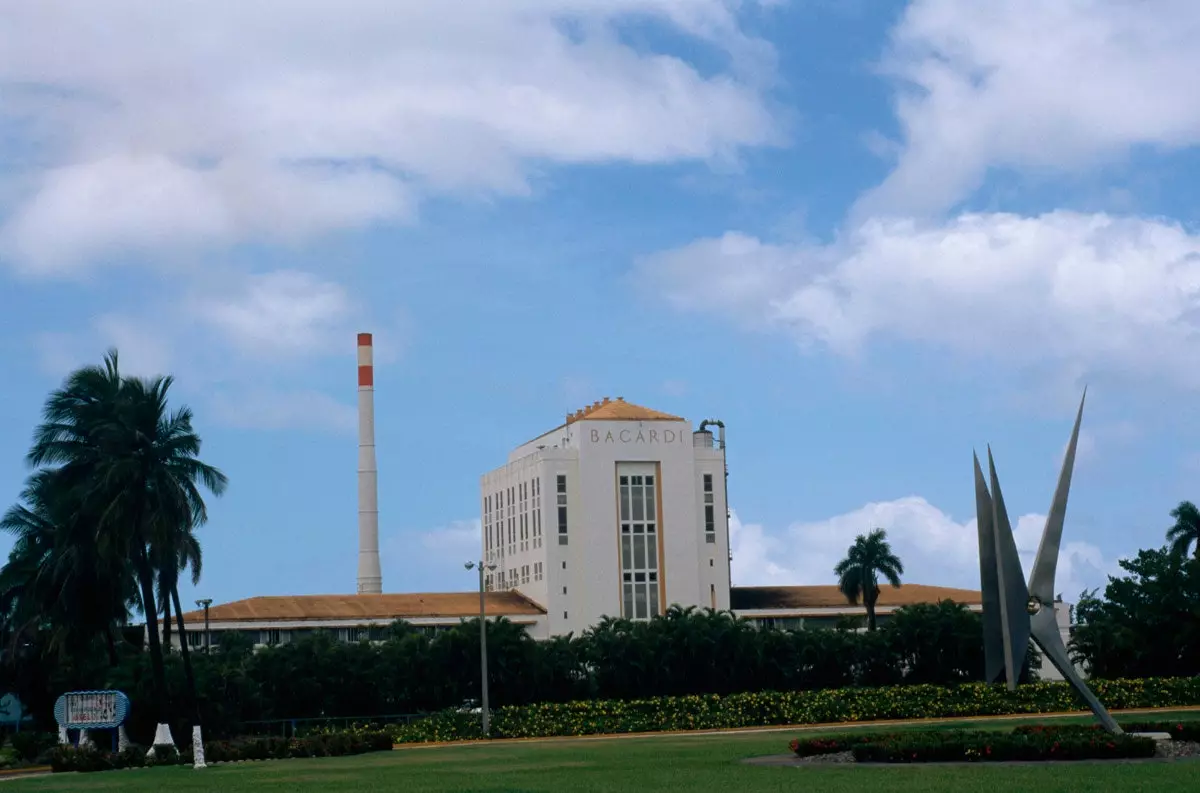
The Bacardi distillery in Puerto Rico
Anyone who has been able to visit the north of Spain will have seen on the outskirts of their towns large predominantly white palaces, with gardens where palm trees always grow, and an architectural richness that clashes with the charming but humble stone houses of Cantabria, Asturias, Galicia and the Basque Country.
The Palacio de la Teja, in Noriega, is a perfect example of this recurrent neighbor of the roads of northern Spain. There are towns like Amandi, next to the Villaviciosa estuary, which have between sober streets with ostentatious houses like Les Barraganes, and tiny villages like Berbes (Ribadesella) with a high density of mountain-style Indiano houses that evidence the emigrant destiny of their ancestors.
the cemetery of Colombres (Ribadedeva) is an open-air museum of neoclassical pantheons paid by the Cuban fortunes returned to the Asturian green, just as it happens in the Cantabrian Comillas, an ode to modernism driven by profits from tobacco, sugar and colonial timber.
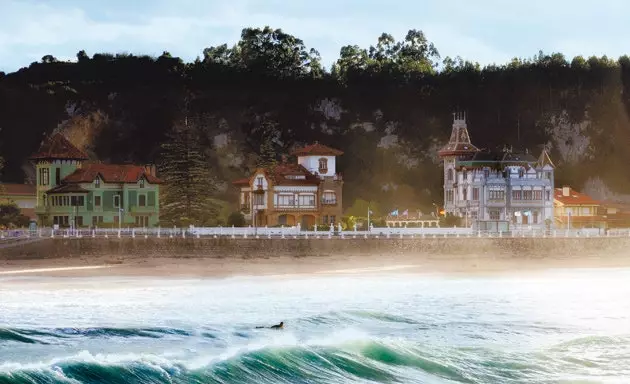
Indian houses on the beach of Santa Marina, Ribadesella.
The Indians not only brought colonial architecture and a taste for ostentatiousness to Spain: they also founded schools, hospitals, mercantile companies and universities that still work today.
Santander owes its hospital to the original effort of the Marquis of Valdecilla, Catalan modernism to the architectural concerns of wealthy bourgeois in Cuba, and electricity to the effort of the Indians to provide light to the towns and villages that had seen them born poor.
Those emigrants who did not enjoy the same fate in America returned later with kilos of experience under their arms, and despite returning with empty pockets, they brought from the colonies a taste for color, the recipes and ingredients of American dishes, music and an adventurous spirit that led them to the Caribbean. We must not forget them: rich and poor, prosperous and not so prosperous, they were all Indians. **
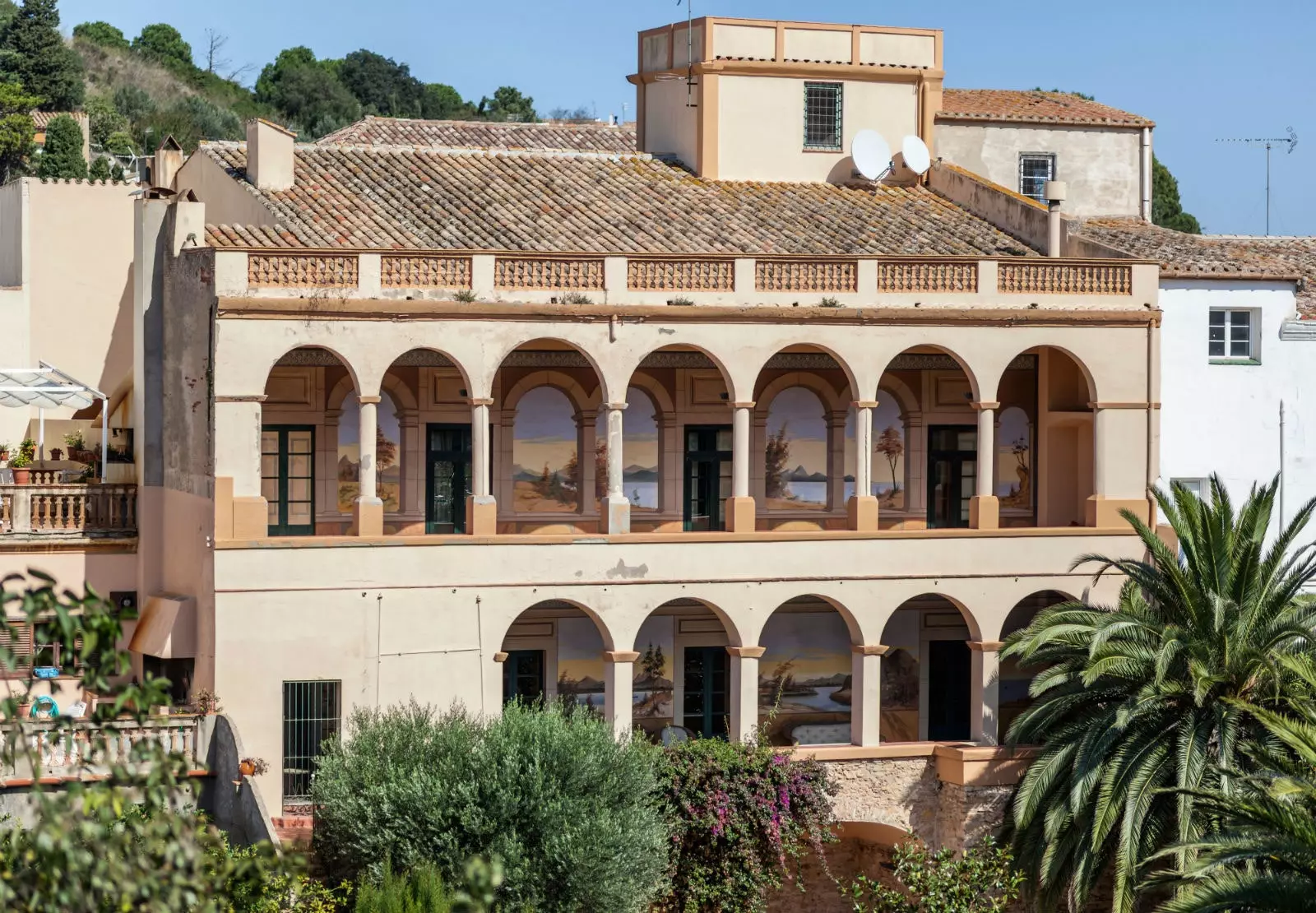
Indian houses of Begur.
